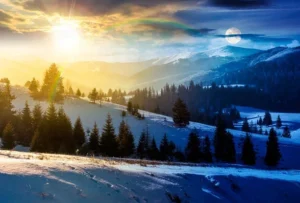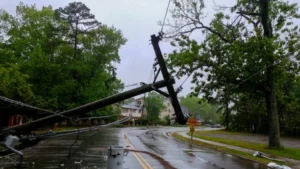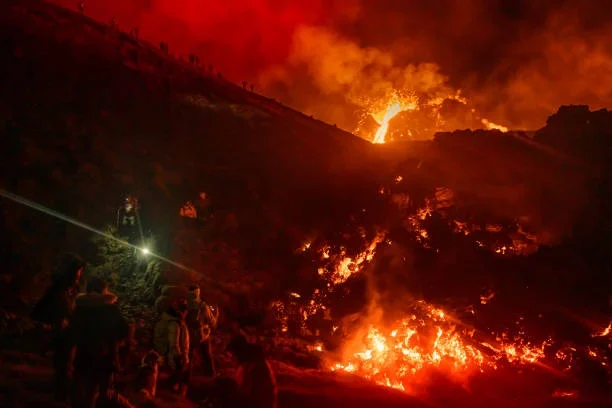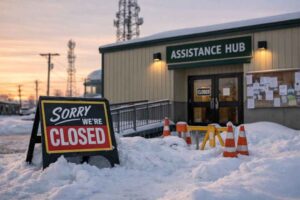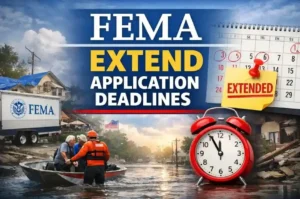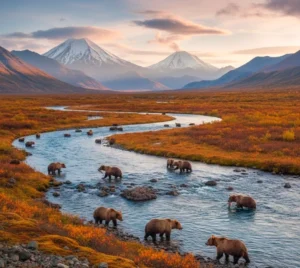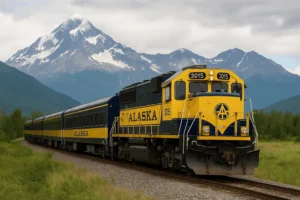Alaska is not just the land of glaciers and grizzlies, it’s also one of the most volcanically active regions on Earth. Beneath its breathtaking landscapes lie fiery giants, rumbling with the power to reshape the terrain and skies. Among them, Mount Spurr is once again making headlines. As volcanic activity stirs public concern, let’s explore Alaska’s volcanoes—why they erupt, where they occur, their potential dangers, and what makes them so fascinating.

Why Are There So Many Volcanoes in Alaska?
The answer lies beneath the surface literally. Alaska sits on the Pacific “Ring of Fire,” a tectonic hotspot that encircles the Pacific Ocean and is responsible for 75% of the world’s volcanoes.
🔥 Key Geological Reason:
- Subduction Zone: The Pacific Plate is slowly diving beneath the North American Plate along the Aleutian Trench, creating intense pressure and heat, which fuels volcanic activity.
- Aleutian Arc: A 2,500 km volcanic arc stretching from mainland Alaska to Russia’s Kamchatka Peninsula. This arc is home to over 140 volcanoes, with more than 50 historically active.
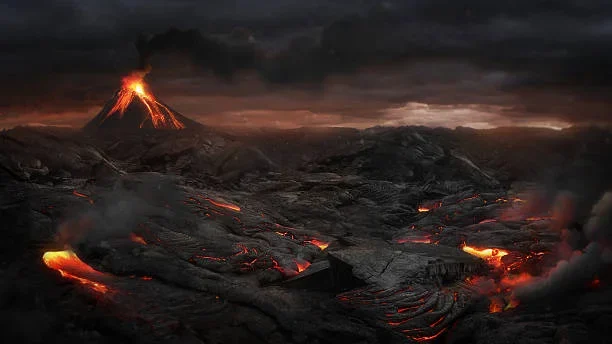
Alaska’s Most-Watched Volcano Mount Spurr in 2025
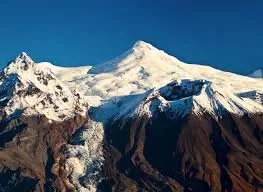
- Last major eruption: 1992, sending ash clouds 60,000 feet high and disrupting air travel across Alaska.
- Current status (2025): The Alaska Volcano Observatory (AVO) has raised the alert level as increased seismic activity and gas emissions hint at a possible eruption.
- Location: ~80 miles west of Anchorage

Where Do Volcanoes Erupt in Alaska?
Volcano Region | Notable Volcanoes | Recent Activity |
Aleutian Islands | Shishaldin, Pavlof, Cleveland | Eruptions in 2023–2024 |
Alaska Peninsula | Veniaminof, Katmai | Steam emissions ongoing |
Cook Inlet | Mount Spurr, Redoubt, Augustine | Spurr shows unrest (2025) |
Interior Alaska | Few volcanoes | Rare activity |
Alaska has over 90 volcanoes considered “active” by the U.S. Geological Survey.

Good and Bad Sides of Volcanoes in Alaska
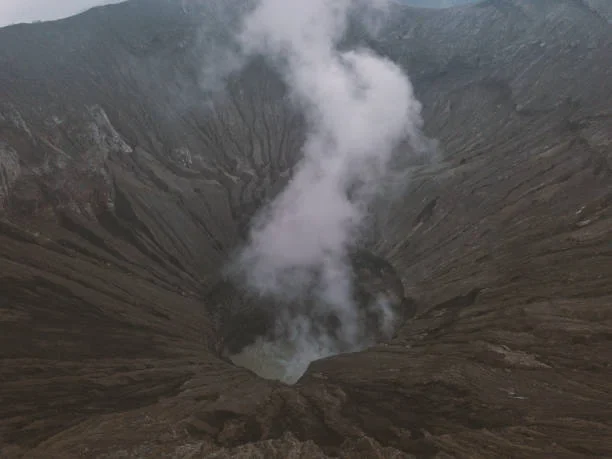
The Good
- Geothermal Energy Potential: Alaska’s volcanic heat could power cities if harnessed.
- Fertile Soils: Volcanic ash enriches soil, aiding tundra vegetation and agriculture in some regions.
- Scientific Goldmine: Helps understand Earth’s interior and predict future disasters.

The Bad
- Air Traffic Hazards: Ash clouds can shut down entire airline networks.
- Health Risks: Fine ash particles affect breathing and water supply.
- Infrastructure Damage: Roads, power lines, and pipelines face potential destruction.
Effects of Volcanic Eruptions in Alaska
Effect | Impact |
Ash Fall | Reduces visibility, contaminates water, and damages electronics |
Airline Disruption | Flights rerouted or canceled—costing millions per day |
Lahars & Mudflows | Flood rivers, sweep away structures, especially in glacial areas |
Climate Cooling | Massive eruptions release sulfur dioxide, causing temporary global cooling |
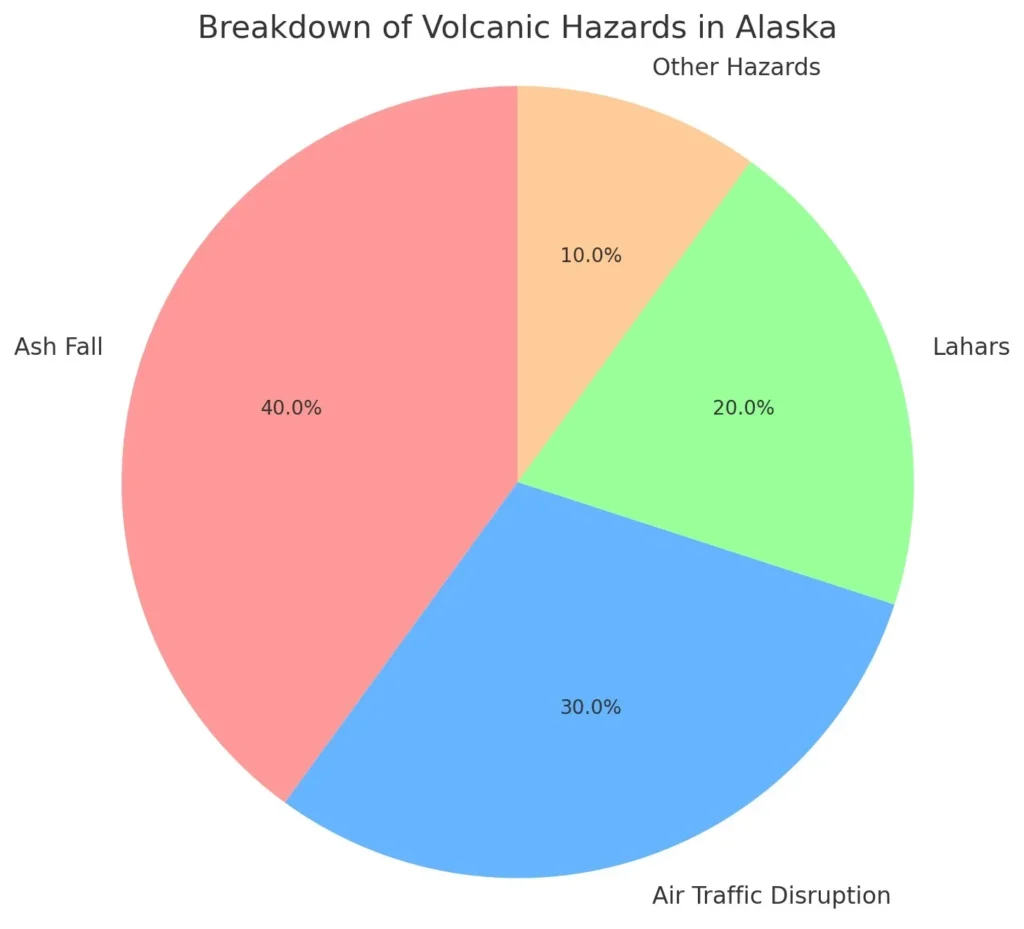
Can Alaska's Volcanoes Be Controlled?
Unfortunately, we cannot stop a volcano. But modern science allows us to predict and mitigate the damage.
Current Monitoring Tools:
- Seismometers: Detect underground tremors
- Gas Sensors: Track sulfur dioxide and CO₂ emissions
- Satellite Imagery: Monitors ash plumes and land deformation
- Webcams: Real-time visual updates from active volcanoes
Alaska Volcano Observatory (AVO) operates one of the world’s most comprehensive monitoring systems, helping keep communities and pilots safe.
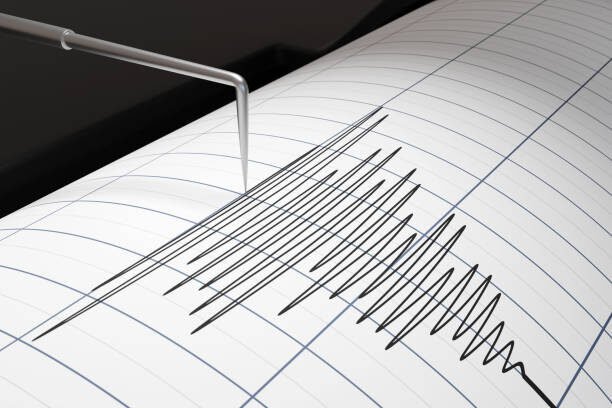
Interesting Facts About Alaska’s Volcanoes
- Most Active Volcano: Shishaldin Volcano has erupted over 25 times in the last century.
- Redoubt’s Ash Plume (2009): Reached 65,000 feet—twice the cruising altitude of commercial jets.
- Aleut People Mythology: Many Indigenous stories attribute volcanic eruptions to angry mountain spirits.
- Ash in Anchorage: The 1992 Mount Spurr eruption blanketed the city in ash, darkening skies in daylight
What’s Expected in 2025?
Volcano | Activity Level | Risk to Population |
Mount Spurr | Elevated | High (near Anchorage) |
Shishaldin | Low to Moderate | Low (remote area) |
Pavlof | Low | Moderate (fishing zones) |
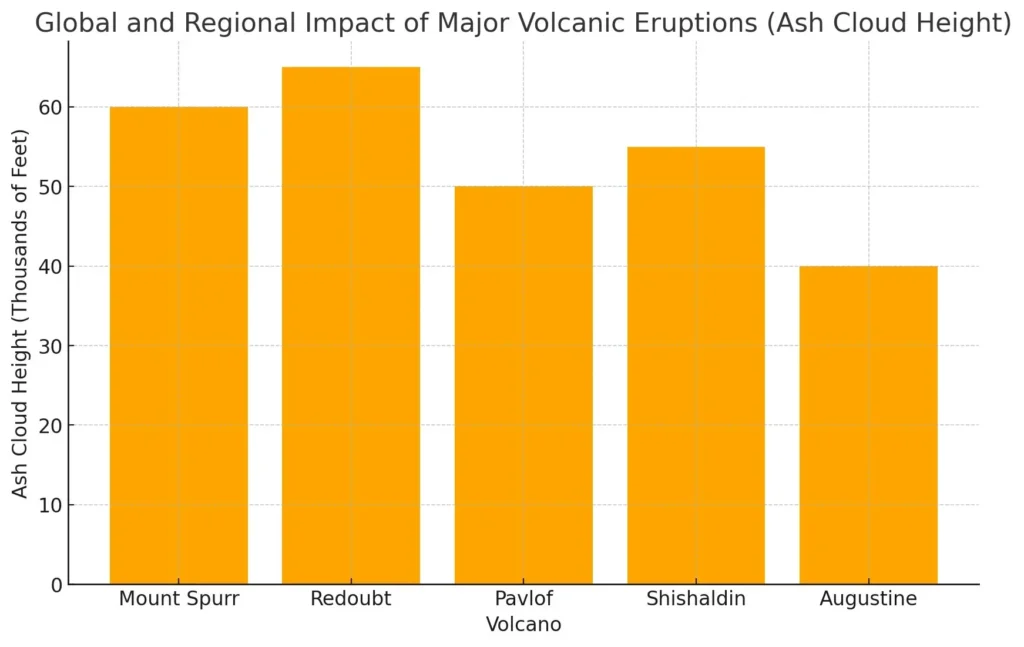
Conclusion: The Fire Beneath the Ice
Alaska’s volcanoes are powerful, unpredictable, and awe-inspiring. While they pose real dangers, they also hold scientific and natural value. With Mount Spurr back in the spotlight, 2025 could mark another fiery chapter in Alaska’s geologic story. By staying informed and supporting scientific monitoring, we can better understand these giants that slumber until they roar again.
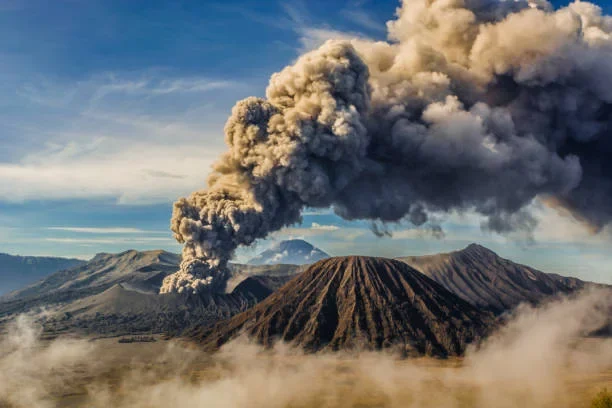
FAQ
Alaska has over 130 volcanoes, many of which are active and located along the Aleutian Arc.
Eruptions occur due to the subduction of the Pacific Plate beneath the North American Plate, causing magma to rise and erupt.
Eruptions can cause ash fall, lava flows, and disrupt air traffic, with ash clouds traveling across large distances.
The Alaska Volcano Observatory (AVO) monitors volcanic activity using seismic data, satellite imagery, and gas emissions.
Mount Spurr, Redoubt, and Shishaldin are among the most active volcanoes in Alaska.


